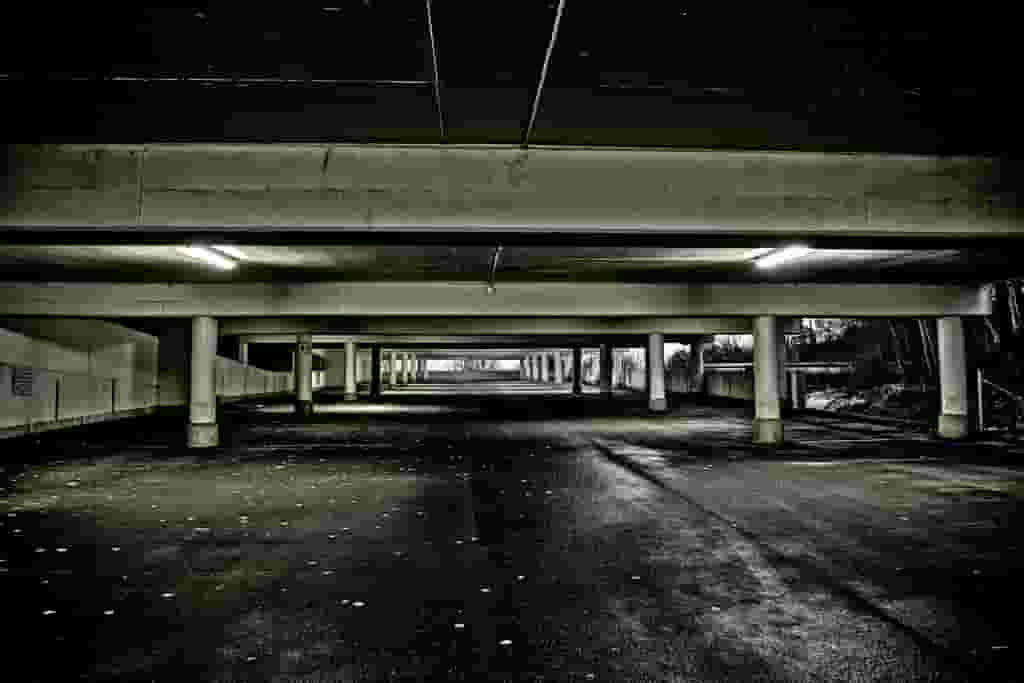How Poorly Designed Car Parks Can Affect Car-Buying Purchases
Even with its abundant parking spaces, car owners in America are plagued by parking troubles. The design and structure of a parking lot can make the car parking process either seamless and convenient or extremely frustrating, which is why poorly designed car parks can be quite the problem.
Poorly designed car parks usually have rammed-up parking spaces with insufficient turn radii, low-hanging ceilings, and narrow driveways. These design flaws are also why most car owners today hesitate to switch to a bigger sized car.
Would you invest in an SUV, if you can’t get it to fit in your garage or the designated parking slot at your apartment?
Of course, some may be fine with parking it out in the driveway or on the street. But it comes with risks such as being exposed to the weather while also causing inconvenience to your neighbors. Poorly designed parking lots are having a tremendous effect on the buying patterns of potential car owners throughout America. Let’s understand this better through an illustration.

How poorly designed parking lot affected John’s car-buying decision
John is an average American who lives in an apartment and owns a medium-sized car. Later, he considers switching to a bigger car and brings home an SUV.
Unfortunately, the parking space that had conveniently accommodated his previous car was not wide enough to fit in an SUV and so he had to return it. Since then, he has always considered the parking design of his potential house before making any purchase decision, whether it’s buying a new house or a new car.
Efficient parking lot design is the solution
When properly designed, parking lots can provide high utility and safety to their users. It even benefits the parking space owners as there are low maintenance costs involved and provides ease of modification for future changes.
Following are some considerations parking space developers can use to design a functional parking lot.
- Proactive planning, such as considering the reason for which users will access the parking space, in determining the size of each parking lot will improve convenience. For example, designing wider spaces for parking near grocery stores will ensure people will find it easy to move with groceries.
- For space efficiency, parking developers should opt for a 90-degree angled rectangular space with long sides of the lot parallel to each other. Also, allowing two-way traffic to access parking spots on both sides of the driving aisle optimizes space usage.
- The use of light fixtures with proper coverage is essential to maintain safety standards, as it will provide adequate vision to the drivers.
- Designing multi-level parking spaces with parking lifts to increase the available parking capacity.
- Proper drainage provisions, access ramps, and lighting designs are crucial for parking space security. It also helps minimize the number of accidents in parking lots.
Moreover, introducing smart parking solutions like automated parking systems, IoT-based sensor systems, and smart counter systems in parking lots and encouraging lot owners to go digital can also go a long way in tackling parking lot design woes.
Also Read: How to Design a Parking Lot: Defining Its Purpose
Summing up
The design of parking spots, more than the budget of a potential car owner, can determine what type of car they can purchase.
Moreover, with the rules of mandated parking lots in all constructions, realtors are also cutting corners to accommodate the required number of parking slots. Even if that’s not the case, the current parking designs are not equipped to handle the newer and bigger car models launched into the market every other day.
Thus, car purchases are being influenced by these poorly designed parking lots. Parking lot owners should consider focusing on the quality and design of the parking space instead of just the quantity of parking spots.
